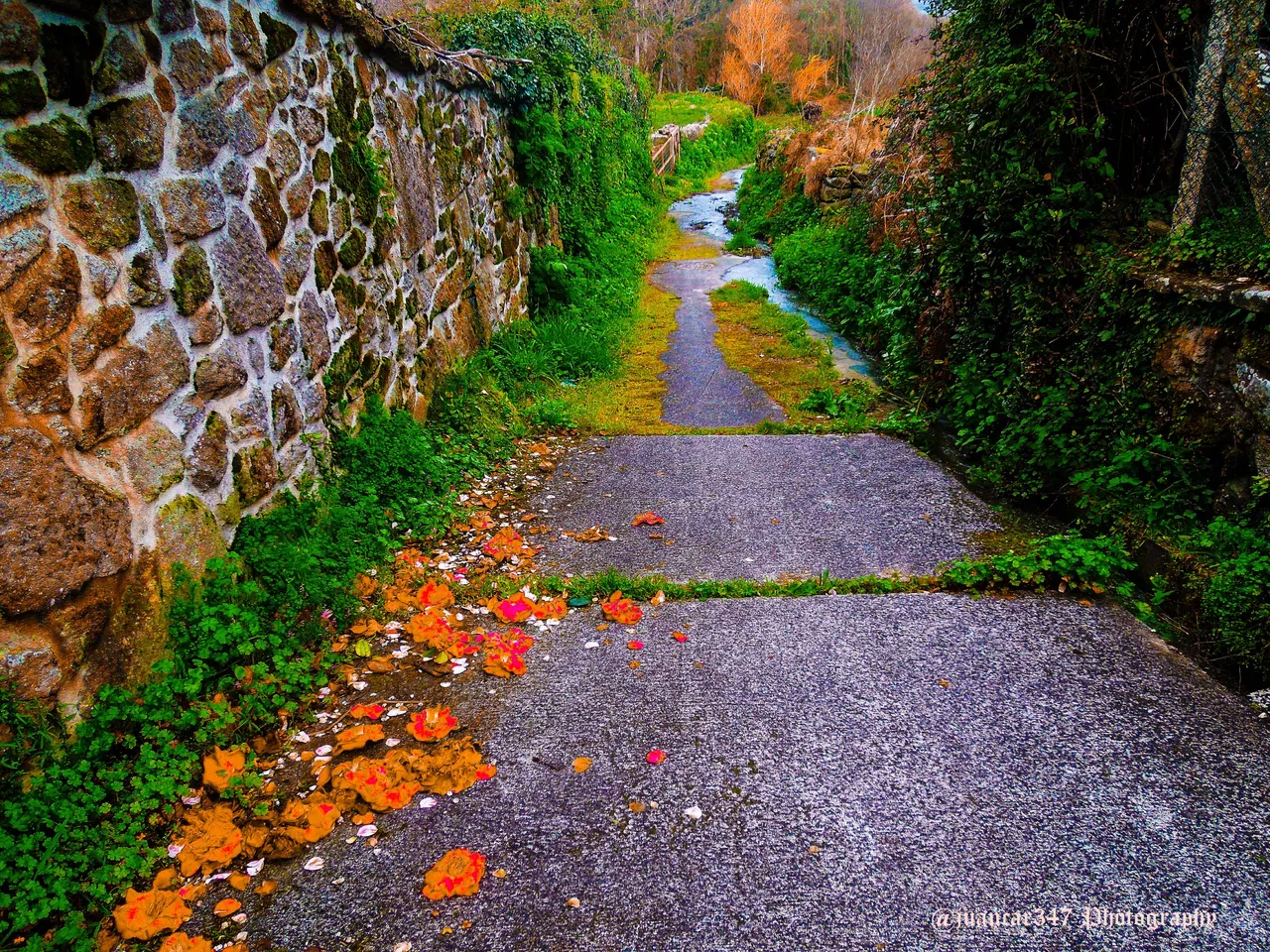
It could well be said that the paths in general and those of pilgrimage in particular represent, symbolically, metaphorically and even objectively speaking, the paths of life: they can be longer or shorter, but in both cases, they always count, in greater or lesser proportion, also, with those subtle variables that Petrarch knew how to define very well, in his sublime poem 'The Triumphs and Failures', where some researchers -perhaps, less inclined to that generalized romanticism that always opts for the exoticism of civilizations like the one that developed on the banks of the Nile- try to locate the true origins of that authentic program of variables and predictions, known as the Tarot deck.
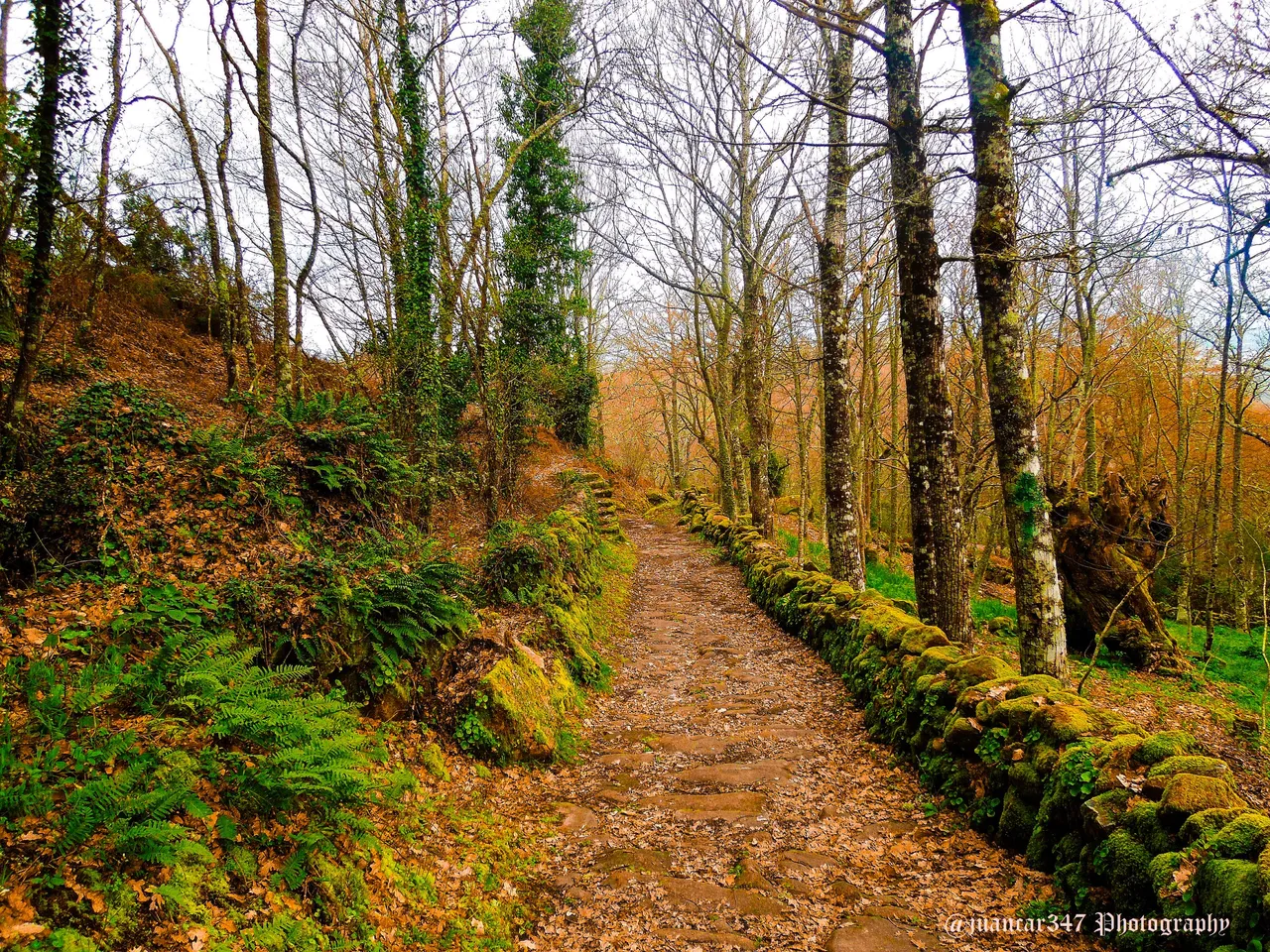
In both cases, reaching the goal is what truly matters and also implies the personal satisfaction of having achieved it, especially if in doing so, we have voluntarily fled from comfort and what is easy and chosen, regardless of the risks, what the great teacher and German Nobel Prize for Literature, Hermann Hesse, called 'the difficult path'. Because it is well known that anyone can follow the easy path. On the contrary, the difficult path -represented on many occasions in Romanesque art, as a character removing a thorn in his foot- is the path of the hero: the one who truly knows, bets and accepts the sacrifice, being aware that, without suffering, there is no glory. Now it's time to ask you, reader friend or foe: which path would you follow?
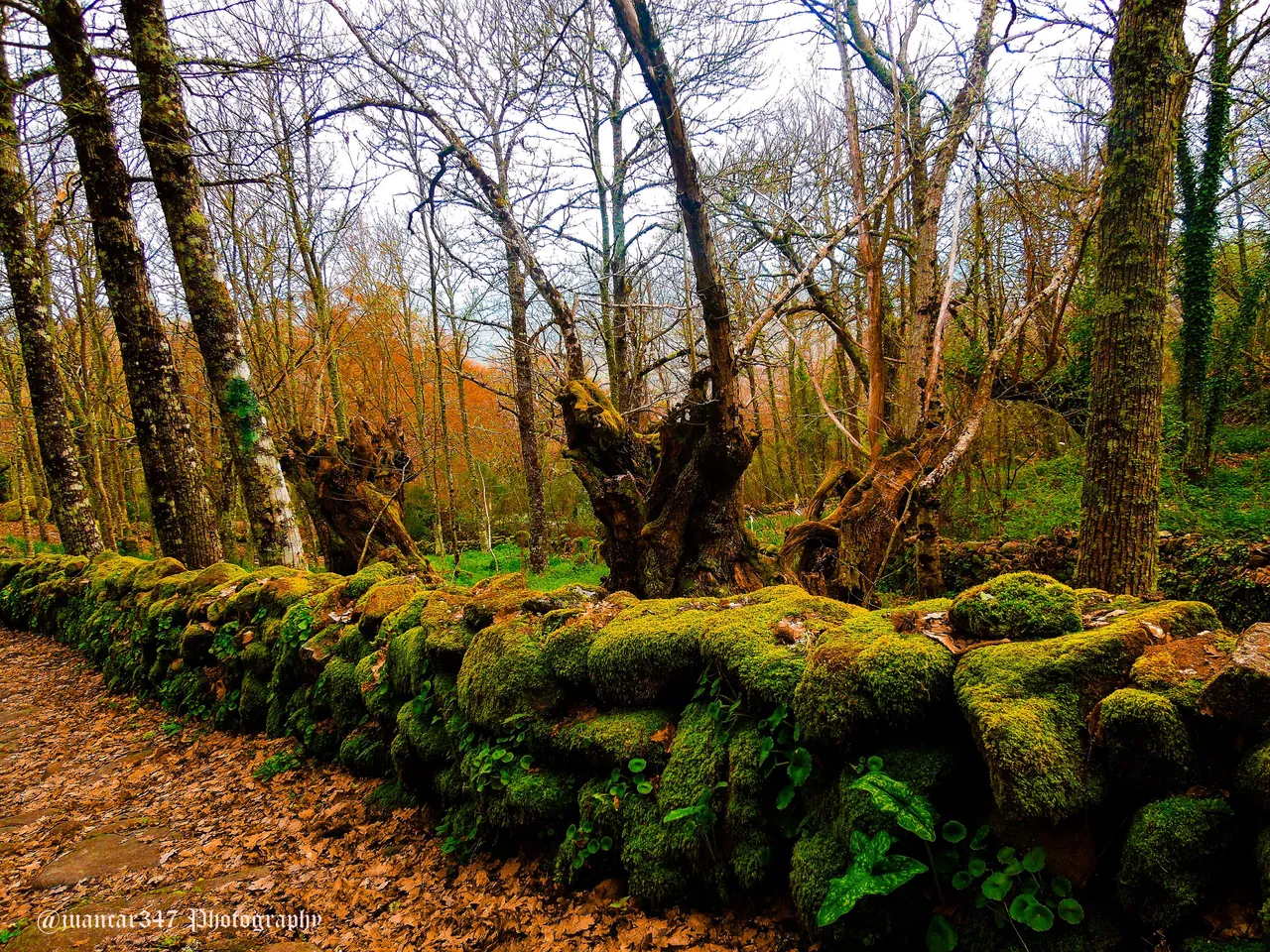
Bien podría decirse que los caminos en general y aquellos de peregrinación, en particular, representan, simbólica, metafórica e incluso objetivamente hablando, los caminos de la vida: pueden ser más largos o más cortos, pero, en ambos casos, siempre cuentan, en mayor o en menor proporción, también, con esas sutiles variables que Petrarca supo definir muy bien, en su excelso poema ‘Los Triunfos y los Fracasos’, donde algunos investigadores -quizás, menos inclinados a ese romanticismo generalizado que apuesta siempre por el exotismo de civilizaciones como la que se desarrolló a las orillas del Nilo- pretender situar los verdaderos orígenes de ese auténtico programa de variables y predicciones, que se conoce como la baraja del Tarot.
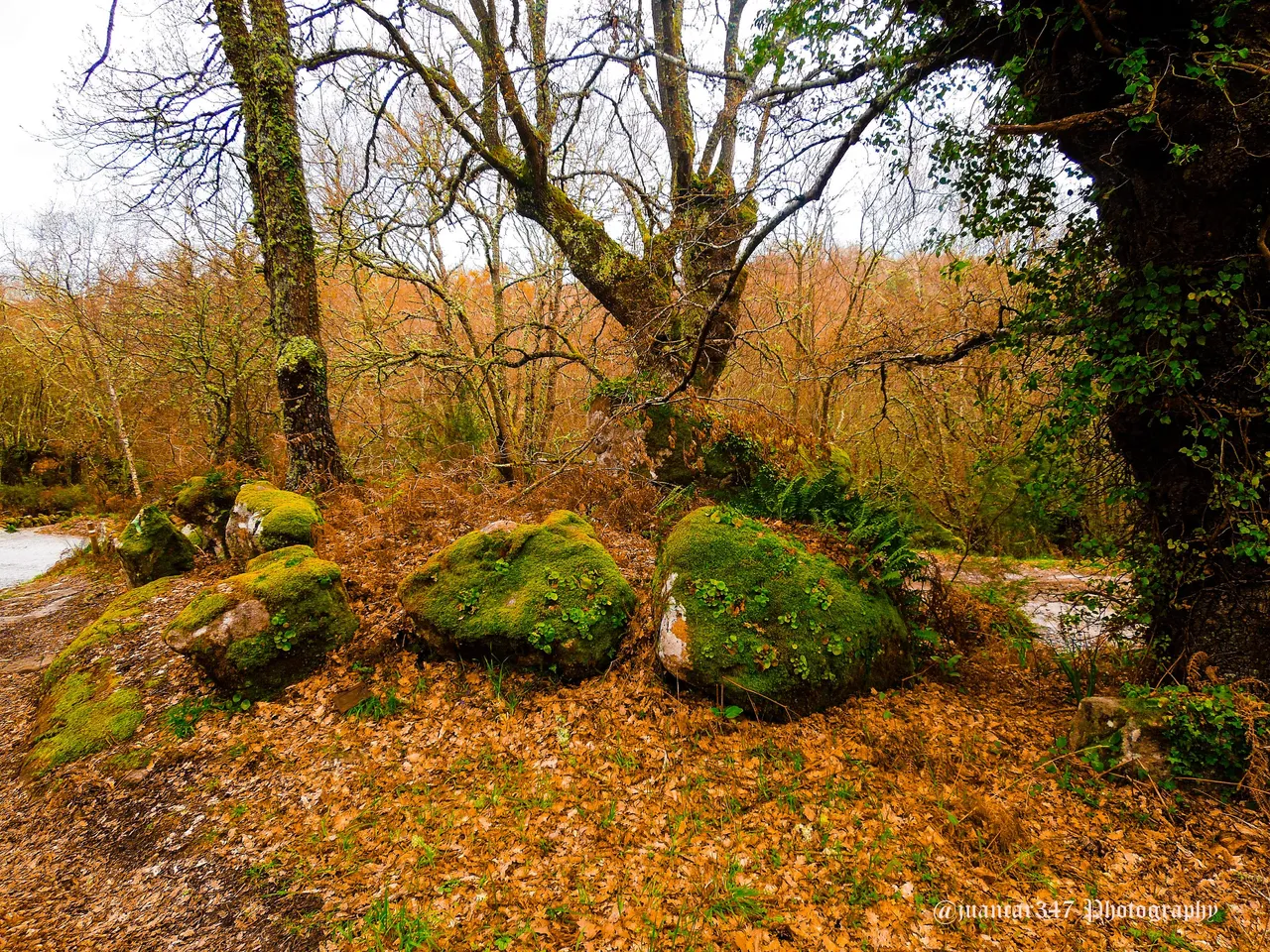
En ambos casos, llegar a la meta es lo que verdaderamente importa e implica, además, la satisfacción personal de haberlo conseguido, sobre todo, si al hacerlo, hemos huido, voluntariamente, de la comodidad y lo fácil y elegido, sin importar los riesgos, lo que el gran maestro y Premio Nobel de Literatura alemán, Hermann Hesse, denominaba como ‘el camino difícil’. Porque es bien sabido, que el camino fácil lo puede seguir cualquiera. Por el contrario, el camino difícil -representado en muchas ocasiones en el arte románico, como un personaje quitándose una espina clavada en su pie- es el camino del héroe: el que verdaderamente sabe, apuesta y acepta el sacrificio, siendo consciente de que, sin sufrimiento, no hay gloria. Ahora toca preguntarte a ti, amigo o enemigo lector: ¿qué camino seguirías?.
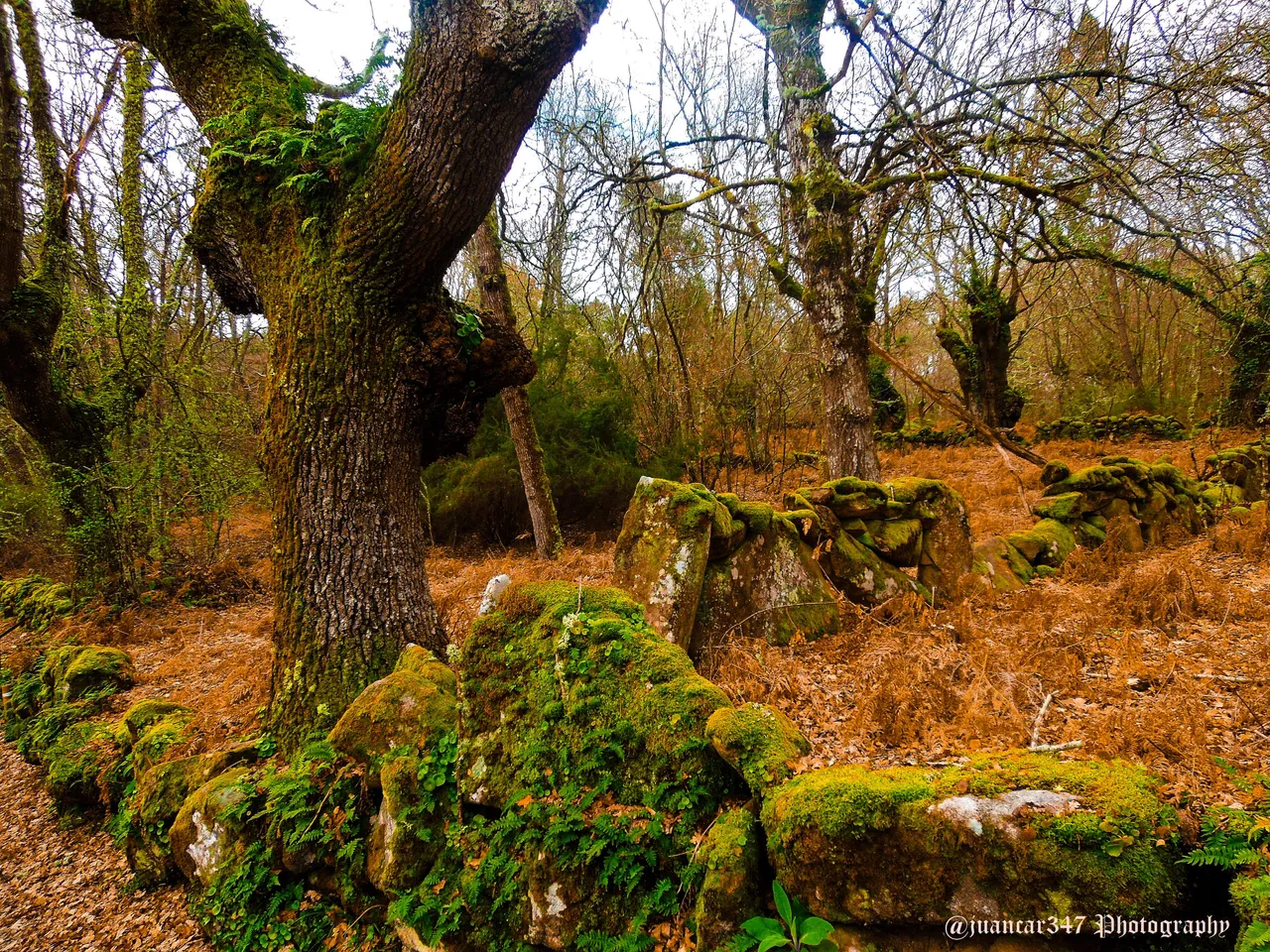
NOTICE: Both the text and the photographs that accompany it are my exclusive intellectual property and, therefore, are subject to my Copyright.
AVISO: Tanto el texto, como las fotografías que lo acompañan, son de mi exclusiva propiedad intelectual y por lo tanto, están sujetos a mis Derechos de Autor.
